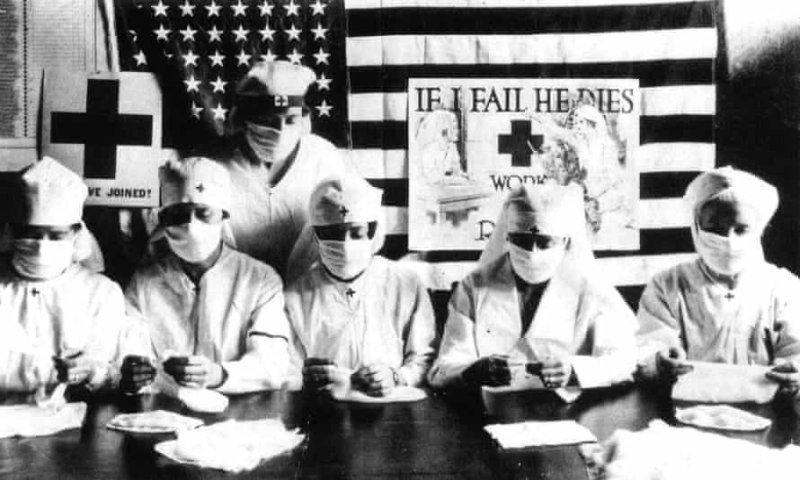How did [pandemics of the past] end? The viruses didn’t go away; a descendent of the Spanish flu virus, the modern H1N1, circulates to this day, as does H3N2. Humans didn’t develop herd immunity to them, either. That’s a phenomenon by which a pathogen stops spreading because so many people are protected against it.
…
Instead, the viruses that caused these pandemics underwent a transition. Or more to the point, we did. Our immune systems learned enough about them to fend off the deadliest manifestations of infection, at least most of the time. Humans and viruses reached an immunological détente. Instead of causing tsunamis of devastating illness, over time the viruses came to trigger small surges of milder illness.
…
If the pattern holds, and it is expected to, SARS-2 will at some point join a handful of human coronaviruses that cause colds, mainly in the winter, when conditions favor their transmission.
When will that happen?
Experience from the last four pandemics… would suggest that viruses morph from pandemic pathogens to endemic sources of disease within a year and a half or two of emerging. But all of those pandemics were influenza pandemics. A different pathogen could mean we’ll see a different pattern.































